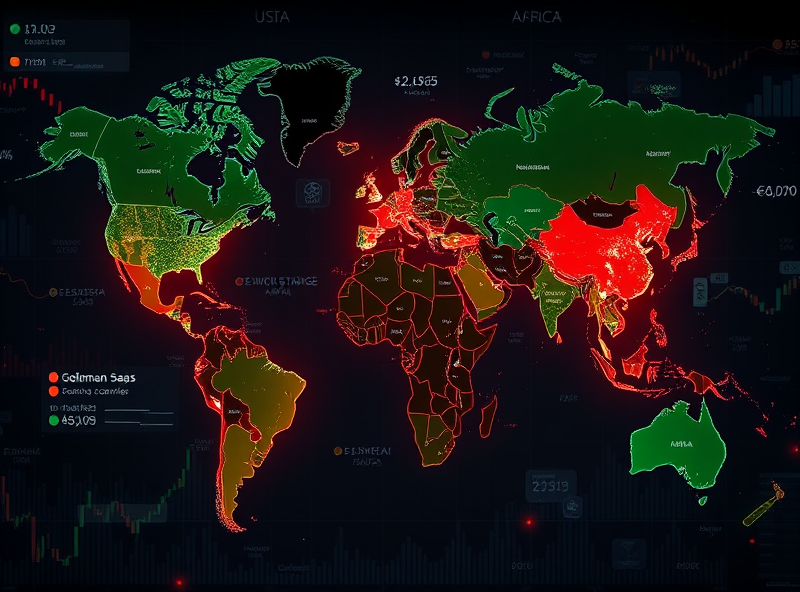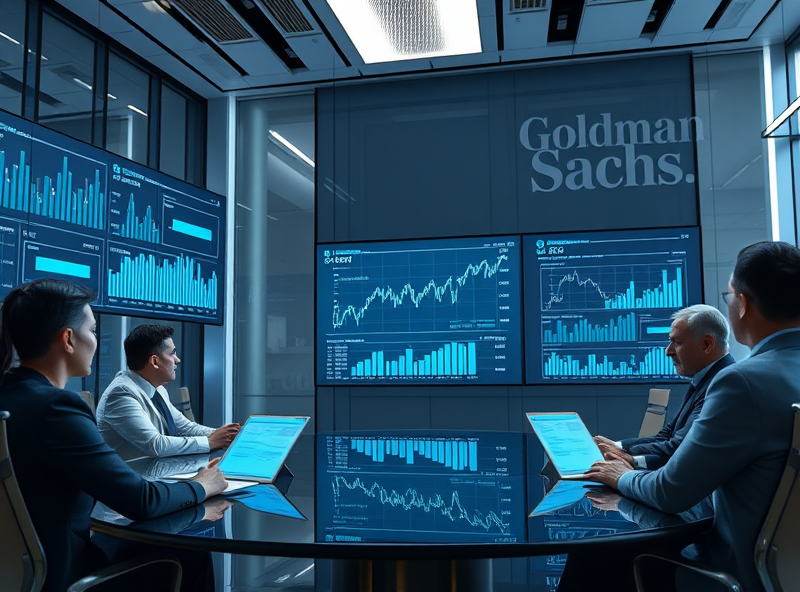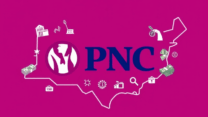
Can Goldman Sachs Adapt to Economic Uncertainty in 2025?
Global Growth vs. Regional Risks: 2025 Outlook

As we look ahead to 2025, the global economic landscape presents a mixed picture—promising growth opportunities tempered by significant regional risks. For a global investment bank like Goldman Sachs, adapting to this environment requires agility, foresight, and a nuanced understanding of both macroeconomic trends and localized challenges.
On the global front, the International Monetary Fund (IMF) projects modest economic growth in 2025, driven by technological innovation, green energy investments, and recovering consumer demand in advanced economies. However, this growth is uneven. While the U.S. and parts of Asia show resilience, regions like Europe and some emerging markets face headwinds from inflation, political instability, and energy insecurity.
Goldman Sachs, with its diversified portfolio and global presence, is well-positioned to leverage growth in stable markets. Yet, the firm must also manage exposure to volatile regions. For instance, geopolitical tensions in Eastern Europe and regulatory uncertainty in China could impact investment flows and market sentiment.
To navigate these complexities, Goldman Sachs is likely to rely on data-driven risk assessment, regional diversification strategies, and increased investment in ESG (Environmental, Social, and Governance) assets. Moreover, by enhancing its digital infrastructure and AI capabilities, the firm can better forecast market shifts and adjust its strategies in real time.
Understanding these dynamics isn’t just useful for institutional investors—it’s valuable for anyone interested in how global economic forces shape financial markets and personal investments. Staying informed about regional risks and global trends can help individuals make smarter financial decisions in uncertain times.
For more detailed insights, you can refer to the IMF’s World Economic Outlook: https://www.imf.org/en/Publications/WEO
Strategic Shifts in Goldman Sachs’ Business Model

As we approach 2025, Goldman Sachs is navigating a complex economic landscape shaped by inflationary pressures, geopolitical tensions, and evolving client demands. To stay resilient, the firm is undergoing significant strategic shifts in its business model, moving beyond its traditional reliance on investment banking and trading revenues.
One of the most notable changes is Goldman Sachs’ expansion into consumer banking through its Marcus platform. Although the consumer division has faced challenges, including profitability concerns, it reflects the firm’s broader strategy to diversify revenue streams and reduce dependency on volatile market-based income. This pivot aims to create more stable, recurring income, especially during periods of economic uncertainty.
Additionally, Goldman Sachs is placing greater emphasis on asset and wealth management. By focusing on long-term client relationships and fee-based services, the firm is positioning itself to generate more predictable revenue. This shift is particularly important as institutional clients increasingly seek holistic financial solutions, including ESG (Environmental, Social, and Governance) investment strategies.
Technology is also playing a critical role in the firm’s transformation. Goldman Sachs is investing heavily in AI, data analytics, and cloud infrastructure to enhance decision-making, risk management, and client services. These innovations not only improve operational efficiency but also allow the firm to better anticipate market trends and respond proactively.
For individuals and businesses, understanding these strategic shifts is valuable. It signals a broader trend in the financial industry toward diversification, digitization, and client-centric services. As Goldman Sachs adapts, it sets a precedent for how large financial institutions can remain agile in uncertain times.
For further insights, you can explore Goldman Sachs’ official strategy updates here: https://www.goldmansachs.com/investor-relations/strategy/index.html
Federal Reserve Policy and Its Economic Ripple Effects

As we look ahead to 2025, the Federal Reserve’s monetary policy decisions will play a pivotal role in shaping the economic landscape—not just in the U.S., but globally. The Fed’s actions, especially around interest rates and quantitative tightening, influence everything from consumer borrowing costs to corporate investment strategies. For financial institutions like Goldman Sachs, adapting to these changes is not optional—it’s essential.
When the Fed raises interest rates to combat inflation, borrowing becomes more expensive. This typically slows down consumer spending and business expansion, which can reduce revenue streams for banks and investment firms. On the flip side, higher rates can improve profit margins on lending products. For Goldman Sachs, which operates across investment banking, asset management, and trading, this means rebalancing its strategies to maintain profitability.
Moreover, the Fed’s policies have ripple effects on global capital flows. Emerging markets, for instance, often experience capital outflows when U.S. rates rise, leading to currency depreciation and inflation in those regions. Goldman Sachs must therefore consider geopolitical and regional economic risks when advising clients or allocating assets.
To stay resilient, the firm is likely to increase its focus on risk management, diversify its investment portfolio, and leverage data analytics to anticipate market shifts. Staying informed about Fed policy updates and economic indicators will be crucial for investors and professionals alike.
For more insights on the Federal Reserve’s current policy stance, you can visit the official Federal Reserve website: https://www.federalreserve.gov/monetarypolicy.htm
CEO David Solomon’s Perspective on Fiscal Policy Challenges

As we look ahead to 2025, economic uncertainty continues to shape the strategic decisions of major financial institutions like Goldman Sachs. CEO David Solomon has been vocal about the fiscal policy challenges that could impact not only the firm’s performance but also the broader financial landscape.
In recent interviews and earnings calls, Solomon has emphasized the importance of navigating a high-interest rate environment, persistent inflation, and geopolitical tensions. He notes that while monetary policy has taken center stage in recent years, fiscal policy—government spending and taxation—will play a more critical role in shaping economic outcomes in 2025.
One of Solomon’s key concerns is the growing national debt and its implications for long-term economic stability. He argues that without responsible fiscal management, the U.S. could face reduced investor confidence and increased borrowing costs. This could, in turn, affect capital markets and investment banking activities, which are core to Goldman Sachs’ business model.
Solomon also highlights the need for structural reforms, including tax code modernization and targeted infrastructure investment, to stimulate sustainable growth. These measures, he believes, would not only stabilize the economy but also create new opportunities for financial institutions to support innovation and entrepreneurship.
For professionals and investors, understanding Solomon’s perspective offers valuable insight into how top financial leaders are preparing for economic shifts. It underscores the importance of staying informed about fiscal policy trends and adapting strategies accordingly.
For more on this topic, you can refer to Goldman Sachs’ official newsroom: https://www.goldmansachs.com/media-relations/press-releases/current/







